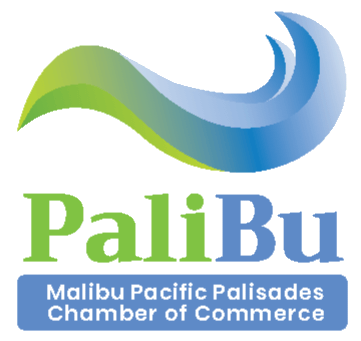Tips for Making Departments Work Together More Effectively
In the modern workplace, the ability to collaborate effectively across departments is not just beneficial—it’s essential. As organizations grow and diversify, the need for seamless communication and cooperation becomes increasingly critical. Whether teams are working side-by-side in an office or connecting from different corners of the world, the tools and strategies they employ can significantly impact their success. This article explores practical methods to enhance interdepartmental collaboration, ensuring that teams can work together efficiently and innovatively.
Overcoming Technological Hurdles in Digital Communication
While digital tools have revolutionized how we communicate, they can also pose challenges. The rapid pace of technological change can lead to issues like technostress if employees aren’t adequately trained. However, with the right resources and training, these tools can enhance flexibility and mobility, allowing for seamless interaction regardless of location. By addressing these technological barriers, you can create a more collaborative and efficient work environment, boosting productivity and employee satisfaction.
Enhancing Team Collaboration with PDF Sharing
When it comes to sharing documents, PDFs are a game-changer. They preserve the original formatting of your documents, ensuring that everyone sees the same thing, no matter what device they’re using. By using a free PDF editor tool (click here for a good option), you can easily add comments, highlights, and even drawings to your PDFs. This makes them not only more interactive but also a great way to gather real-time feedback from your team. Once you’ve made your edits, simply upload the file, make your changes, and download it for easy sharing. This method streamlines the document-sharing process and boosts collaboration by allowing for immediate updates and input.
Maximizing Meeting Outcomes Through Effective Follow-Ups
Meetings are only as good as the actions they inspire. To ensure your meetings lead to tangible results, it’s essential to follow up with clear, actionable items. Documenting tasks during meetings prevents important details from slipping through the cracks and gives team members a chance to clarify any uncertainties. This approach not only enhances individual responsibility but also fosters a culture of accountability. Research shows that effective post-meeting follow-ups significantly increase the likelihood of achieving meeting objectives, turning your meetings into powerful tools for driving collaboration.
Improving Team Collaboration Through Shared Digital Workspaces
Shared digital workspaces are vital for fostering real-time collaboration among teams. These platforms allow team members to work together on documents and projects simultaneously, breaking down geographical barriers and streamlining workflows. By integrating task management tools, teams can manage projects more effectively, ensuring everyone is aligned. This approach enhances communication and collaboration, creating a more agile and responsive work environment.
Empowering Teams with Remote Collaboration Tools
To fully leverage remote collaboration tools, it’s crucial to provide comprehensive training and resources. These tools are essential for maintaining productivity and seamless communication in a decentralized work environment. By investing in training programs, you ensure that team members are not only familiar with the technical aspects but also skilled at using these tools for effective collaboration. This not only boosts individual performance but also strengthens interdepartmental communication.
Recognizing and Rewarding Cross-Departmental Success
Acknowledging and rewarding successful cross-departmental collaboration can significantly boost motivation and engagement. By celebrating the achievements of teams and individuals who excel in collaborative projects, you reinforce the importance of teamwork and inspire others. This approach highlights the positive impact of collaboration on organizational success and fosters a culture of continuous learning and improvement.
Enhancing Interdepartmental Synergy Through Standardized Training
Implementing a standardized training curriculum that focuses on communication and collaboration skills is crucial for fostering effective interdepartmental synergy. By investing in training that covers both technical and interpersonal skills, you can build a workforce that is competent and adaptable. A well-structured training module with role-play scenarios and interactive assessments can significantly enhance interdepartmental synergy, preparing teams for future challenges.
Celebrating Collaborative Success Across Departments
Sharing success stories of interdepartmental collaboration can significantly boost morale and encourage further teamwork. By publicly acknowledging these achievements, you highlight the positive impact of collaboration and inspire others to engage in similar initiatives. This approach fosters a culture of continuous learning and improvement, motivating employees to share their expertise and insights.
Fostering a culture of collaboration across departments is a strategic advantage in today’s competitive landscape. By implementing these strategies, organizations can create an environment where communication flows freely, and innovation thrives. As teams become more interconnected, they not only achieve their goals more efficiently but also contribute to a more dynamic and resilient organization.
Discover how the Malibu Pacific Palisades Chamber of Commerce can help your business thrive with innovative programs and a vibrant community network!This Local Offers is promoted by Malibu Pacific Palisades Chamber of Commerce.

